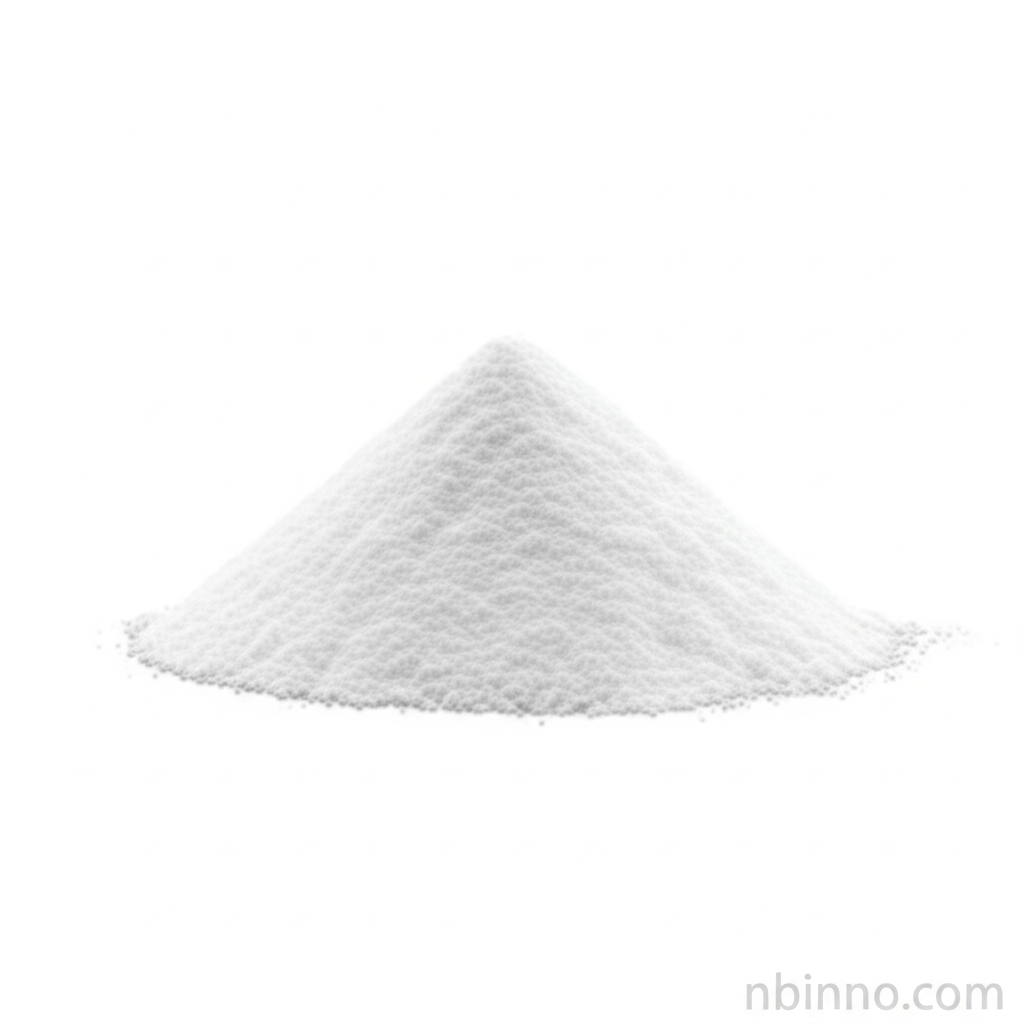2-Bromoethyl 4-Nitrophenyl Ether: Synthesis, Properties, and Applications
Explore the versatile applications and key chemical properties of this essential organic synthesis intermediate.
Get a Quote & SampleProduct Core Value

2-Bromoethyl 4-Nitrophenyl Ether
This compound serves as a critical intermediate in various chemical processes, particularly valued for its role in complex organic synthesis and medicinal chemistry.
- Leverage its utility as a building block for organic synthesis, enabling the construction of intricate molecular structures.
- Explore its potential in medicinal chemistry, where its reactivity can be harnessed to create novel drug candidates.
- Utilize this compound in research and development, facilitating the study of new synthetic methodologies and chemical reactions.
- Benefit from its well-defined properties, making it a reliable component in laboratory and industrial chemical applications.
Key Advantages
Versatile Reactivity
The bromoethyl group allows for facile nucleophilic substitution reactions, a cornerstone for many organic synthesis pathways.
Pharmaceutical Potential
The nitrophenyl moiety can be readily transformed into an amine, opening doors for its application in medicinal chemistry and the development of new therapeutics.
Research Tool
An indispensable compound for research and development, aiding scientists in exploring novel chemical transformations and material science innovations.
Key Applications
Organic Synthesis
As a key chemical raw material, it's used to build complex organic molecules, facilitating advancements in various chemical industries.
Medicinal Chemistry
Its structure makes it an excellent precursor for synthesizing potential pharmaceutical agents, supporting progress in drug discovery.
Chemical Research
Researchers rely on this compound for its predictable reactivity, aiding in the development of new synthetic strategies and understanding chemical processes.
Specialty Chemicals
It finds application in the production of specialty chemicals where specific functional groups and molecular architectures are required.
